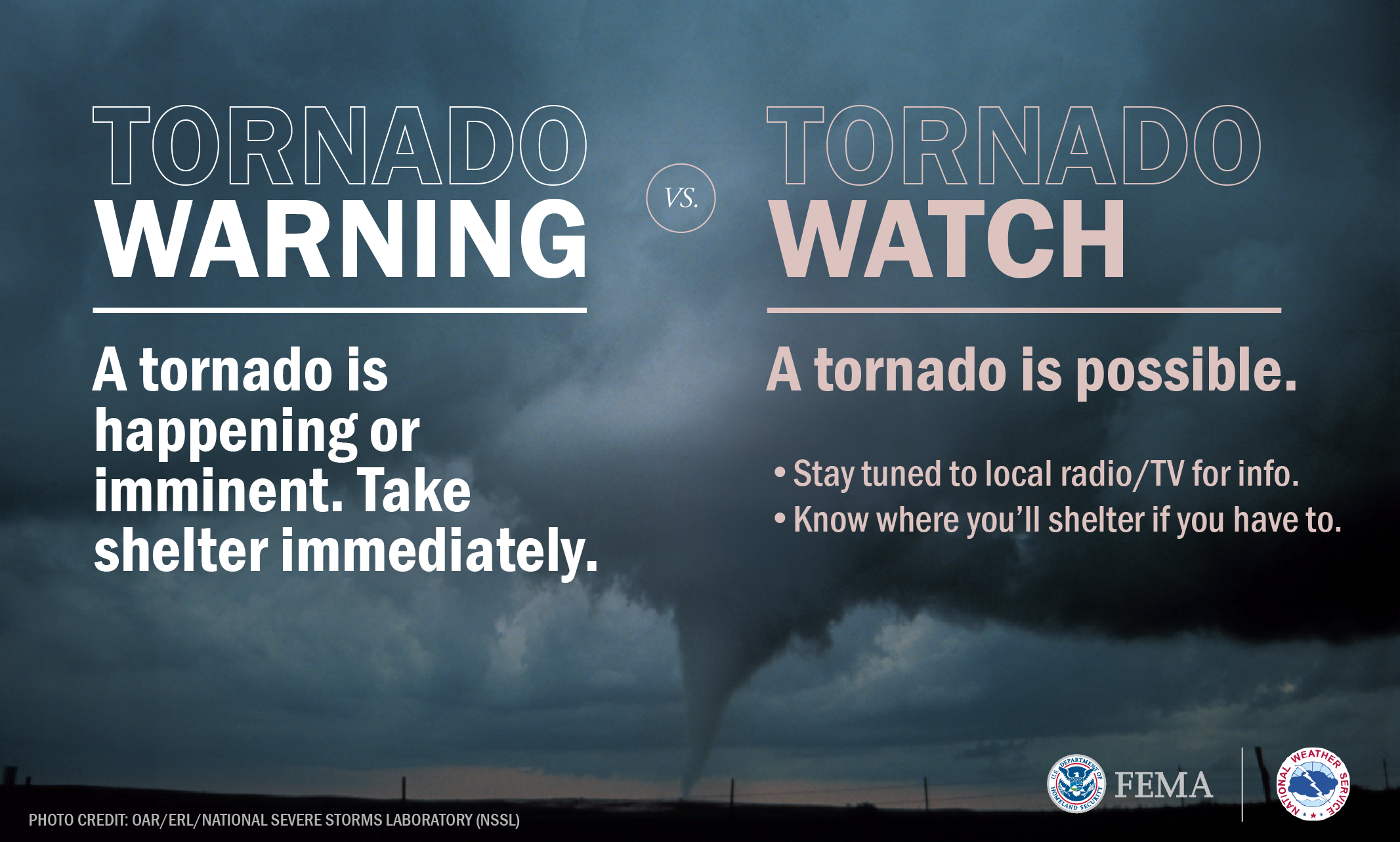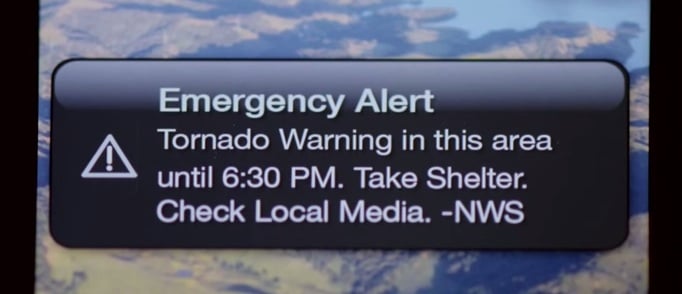


Register to receive alerts on your cell phone, text, and e-mail at: Sign up for Dane County Alerts.Refer to broadcast radio or television for severe weather details and follow-up information.Set up one or more weather warning apps on your smart phone.Verify that the Wireless Emergency Alert feature is enabled on your smart phone.Rely on the outdoor warning sirens for outdoor warning only.Purchase and use a NOAA weather radio if you don't already have one.

Have multiple sources for severe weather alerts.Taking a systematic approach by receiving information from more than one source ensures you are much more likely to receive the warning if one source fails.Ĭonsider the following to assure that you are able to receive severe weather warning information in a timely manner: Relying on a single alerting source risks missing a warning if that single source fails. No single severe weather alerting method is perfect plan to receive alerts from multiple sources. The Dane County Notification System offers several options for receiving severe weather alerts and we recommend that you take advantage of as many of them as possible. The warning system can only be effective if you actually receive the information and take appropriate action. Almost all major storm events are preceded by a watch issued hours in advance, and a warning issued when dangerous weather is imminent. You should take immediate steps to protect yourself and loved ones when any severe weather warning is issued.įollowing significant storm events, people may report that the storm hit “with no warning.” While tragic, this is very rarely the case. National Weather Service meteorologists use information from weather radar as well as a network of trained weather spotters to issue severe weather warnings. For example, a Tornado Warning means either the National Weather Service’s Doppler radar is detecting wind circulation that could produce a tornado or trained weather spotters have actually sighted a tornado or specific indicators of a tornado.

This includes smart phone apps, a NOAA weather radio, and/or local broadcast media.Ī " Warning" is issued when severe weather is occurring or is imminent. When a severe weather watch is issued, it should also serve as reminder for you to confirm that your method of receiving severe weather warnings is functioning. Be aware of your surroundings and be prepared to act quickly if/when conditions warrant. The National Weather Service uses the terms “ Watch” and “ Warning.” Knowing the difference is very important.Ī " Watch" is issued when conditions are favorable for the development of severe weather. Take a severe weather watch seriously! Even though severe weather may not be imminent, watches are issued to give you a heads-up that weather conditions may be changing rapidly. The National Weather Service issues all severe weather alerts.


 0 kommentar(er)
0 kommentar(er)
